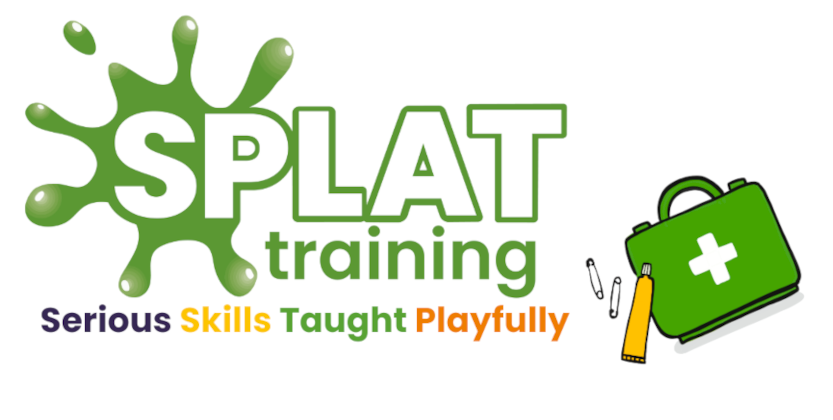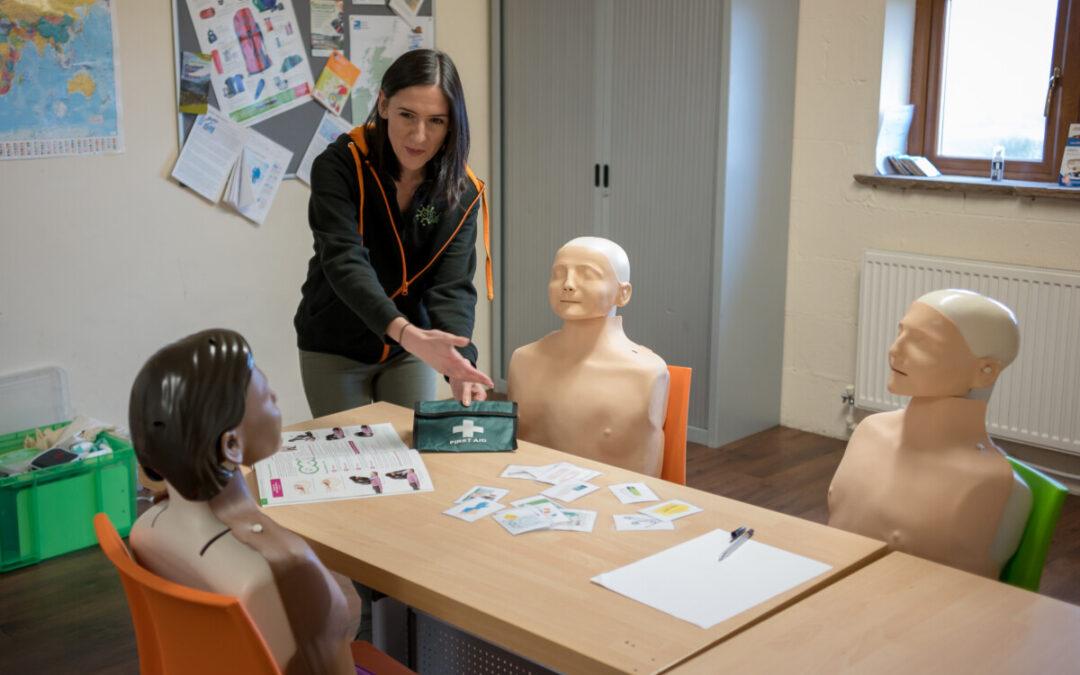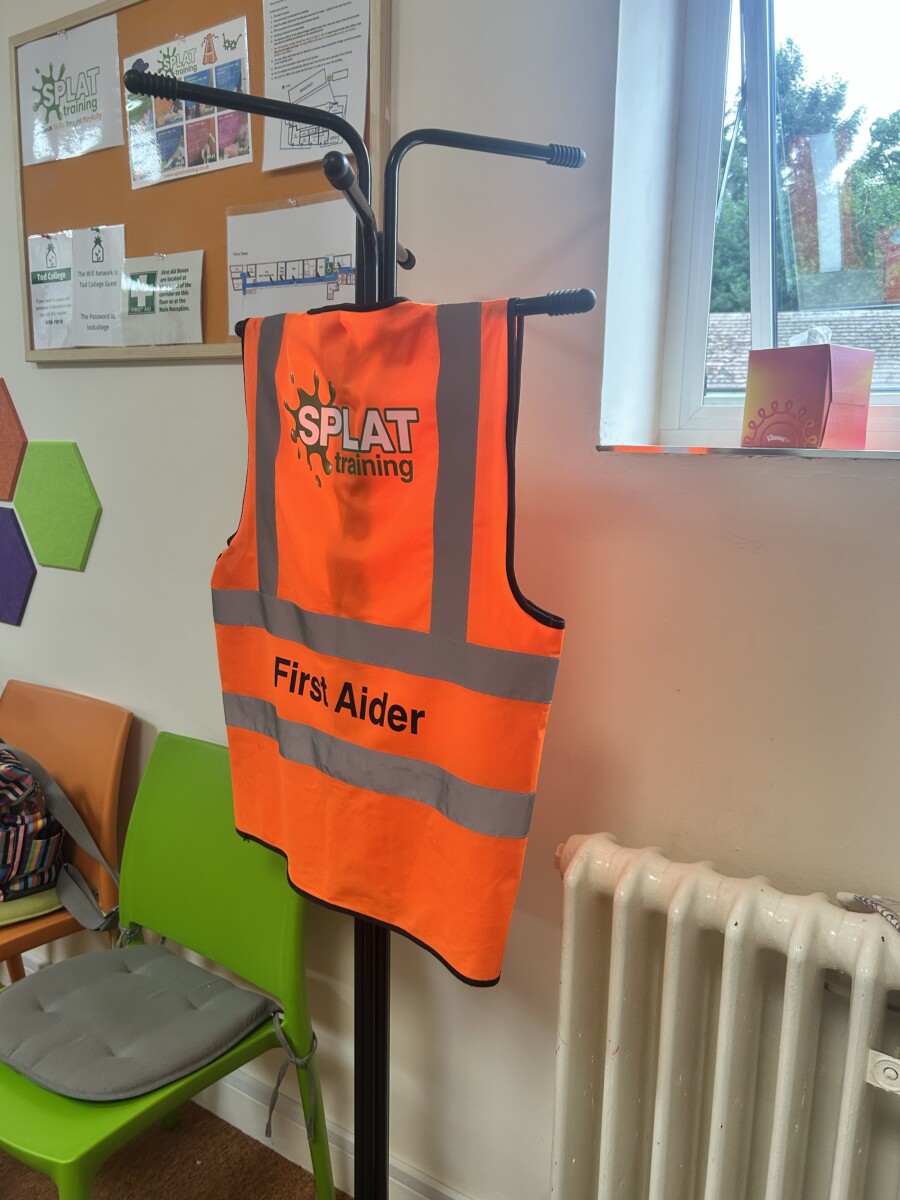
Martyn’s Law and First Aid Training
You might have heard about Martyn’s Law (officially the Terrorism (Protection of Premises) Act 2025) and wondered what it actually means. Don’t worry — it’s not about panic; it’s about preparation.
Simply put, Martyn’s Law introduces new requirements to make larger public spaces and events safer. It asks those responsible for venues — such as hotels, theatres, schools, visitor attractions, hospitals, and places of worship — to plan ahead, reduce risks wherever possible, and ensure their staff can respond calmly and effectively if an incident occurs.
The law uses a tiered approach:
- Standard duty venues (roughly 200–799 people) focus mainly on having clear procedures and trained staff.
- Enhanced duty venues (800+ people or higher-risk events) have a few extra obligations, like formalised checklists, communication protocols, and documented incident plans.
Martyn’s Law exists to help keep people safe, not to create fear. And that’s exactly the mindset we carry into all our first aid courses.
At Splat, we’re working hard to make sure that playful, supportive learning and our fear-free approach stay at the heart of everything we do. You’ll still learn life-saving skills confidently, calmly, and in a way that actually sticks — with hands-on practice, space to explore, and a little fun along the way.
🧡 First aid training is part of being prepared
Martyn’s Law applies to larger public spaces and events, such as hotels, theatres, visitor attractions, and big event spaces, as well as schools, hospitals and places of worship. It asks those responsible for venues to think about public safety, which includes:
- Evacuation and lockdown procedures
- Monitoring and communication
- Reducing risks where possible
From a first aid perspective, this means having trained staff on site who can respond to medical emergencies, including serious incidents such as life-threatening bleeding.
Life-threatening bleeding: a new standard
The Emergency First Aid at Work (EFAW) course is now being updated to include life-threatening bleeding as a standard topic. This change is especially important for venues covered by Martyn’s Law.
By adding this content:
-
First aiders can quickly recognise and respond to catastrophic injuries.
-
You can deliver the training within your existing EFAW course, so no extra hours are needed.
-
You don’t have to invest in expensive kits — a simple, well-stocked first aid kit combined with practical training goes a long way.
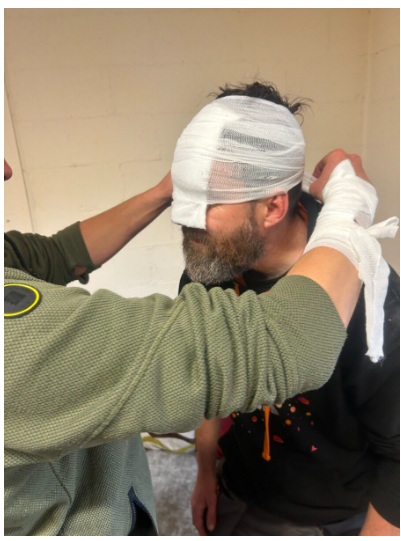
Who decides what level of first aid is needed?
Every venue or event has what’s called a responsible person — the person in charge of making sure safety measures are in place.
They’ll need to ensure:
- Enough trained first aiders for the size and type of event
- Training that includes emergency response skills like CPR and bleeding control
- Clear procedures that can be accessed or shown to the SIA (Security Industry Authority) if needed
For “enhanced tier” venues (those with 800+ people), this might include a few extra planning steps — things like incident checklists, communication plans, and basic documentation.
But it’s not about red tape. It’s about people knowing what to do — calmly, confidently, and compassionately.
Myths about Martyn’s Law and first aid
Myth 1: “I need to buy fancy kits or hire external services.” Fact: Most requirements are about training, planning, and awareness, not buying specialist products.
Myth 2: “It’s expensive to comply.” Fact: Costs are mainly staff time. The focus is on having procedures in place rather than spending on equipment.
Myth 3: “Only enhanced tier venues need first aid planning.” Fact: Even standard tier venues benefit from trained first aiders and simple emergency plans.
What you can do now
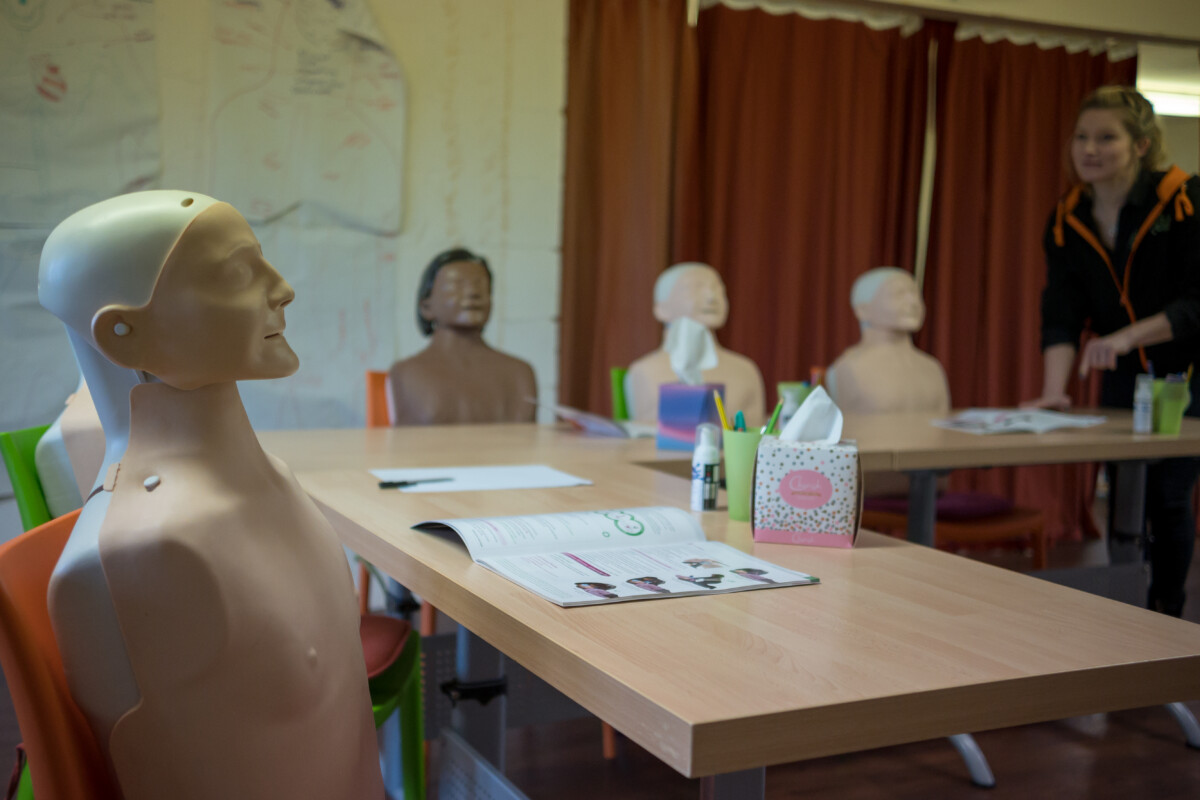
Even though Martyn’s Law won’t come into force for another couple of years, there’s no rush or reason to stress. Here’s how you can start preparing in a chilled, proactive way:
- Make sure your first aiders are trained and up to date
- Include life-threatening bleeding in your next EFAW course
- Review your emergency procedures (evacuation, lockdown, communication)
- Explore free resources and e-learning from ProtectUK, ACT, and SCaN
Little steps now will make a big difference later.
Our take on fear and safety
We know there’s a lot of noise out there about compliance, responsibility, and risk.
But here’s what we think:
Fear doesn’t help people learn — and it doesn’t help people prepare.
At Splat, we don’t believe in scaring people into action.
We believe in supporting you into confidence.
That’s why our training spaces are calm, kind, and full of play. We let you learn at your pace, build confidence through practice, and know that we’ve got your back every step of the way.
You’ll learn serious skills in a light-hearted way — because a relaxed brain is a learning brain.
And after your training, we’re still here. You’ll have access to our Splat Community and the Hub, where you can find extra learning, support, and a whole lot of cheerleading from people who get it.
You’re not alone — and you’re doing great.
Key Takeaways
- Martyn’s Law is about being prepared, not panicked
- First aid is a key part of public safety for venues and events
- You don’t need fancy equipment — just good people, training, and procedures
- Fear doesn’t build confidence — learning through play does
- Start small, stay curious, and keep your people confident and ready
If you are unsure about any of this then just get in touch and we will be happy to answer your questions as best we can!
